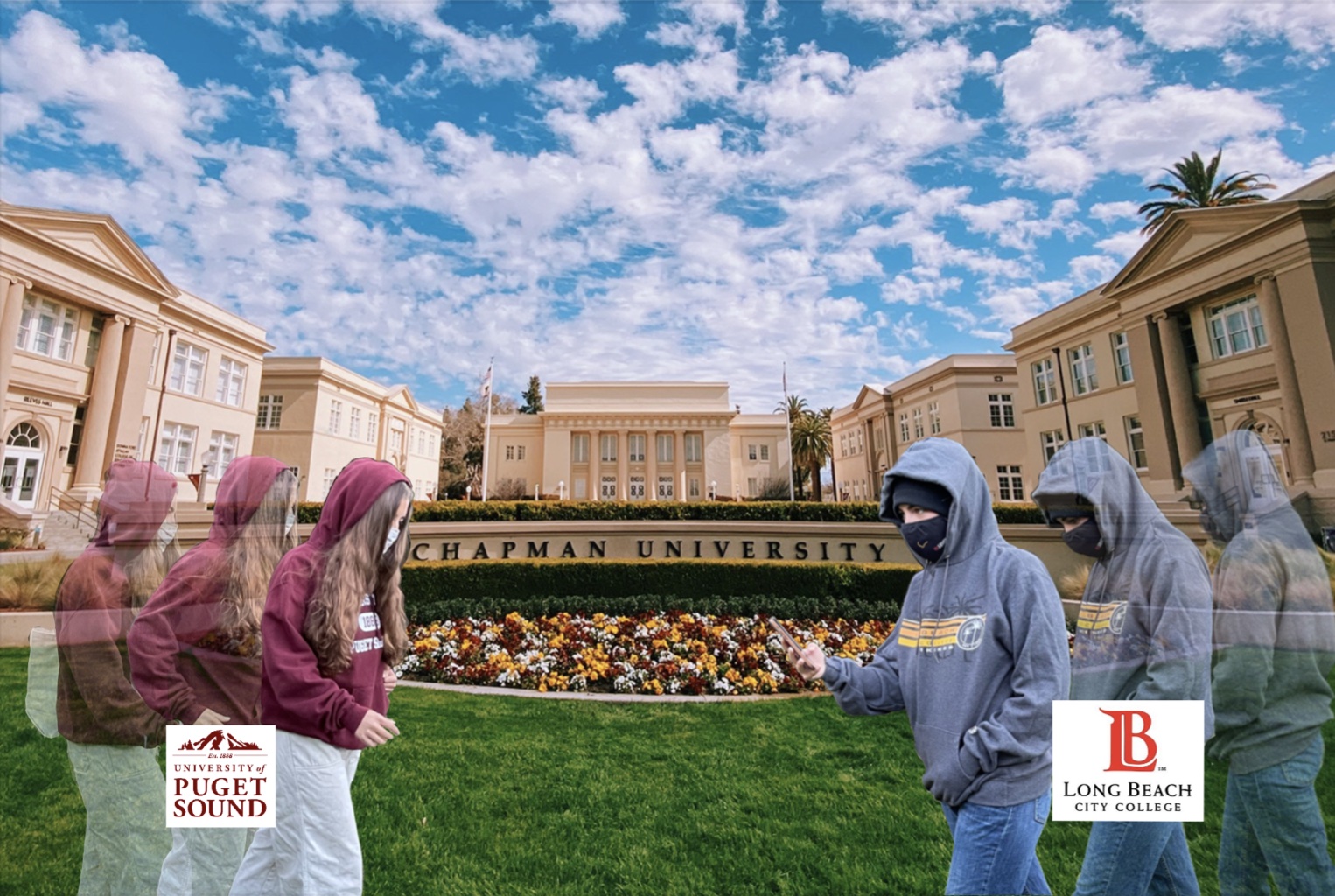
Groaning and stretching at 7 a.m., dreading the idea of having to make the physical journey to campus, junior Bailey Seal faces a double challenge: after a year and a half of virtual school, his first class is at 8 a.m. In person.

Seal, a transfer student from Orange Coast College, is halfway through his college life but this is only his first time on Chapman’s campus.
“Being in person for the first time in over a year, and now at a four-year university is draining,” says Seal, a junior strategic corporate and communications major.
Lots of transfer students feel that way.
As the light of the sun replaces the blue light of a screen everyone has grown so accustomed to over the past year and a half, everyone is being faced with dramatic changes. Throw in the discomfort of an unfamiliar campus filled with thousands of strangers and you get the nescience that transfer students have been grappling with since the “return” to campus.
“After being on Zoom for so long, I got sort of used to having more freedom to multitask,” said Seal. “Now, it’s kind of hard to juggle everything: commuting, class, trying to make friends. It feels like we have so much less time. I didn’t realize how much energy this would take socially.”
Whether you are deciding to leave a four-year university because it was not the right fit or you are continuing your education after two years at a community college, stepping foot onto a new campus as an upperclassman is a universally harrowing experience.
With very few resources readily available for transfer students, as students see it, it’s easy to become overwhelmed by the sheer mass of things that are unknown.
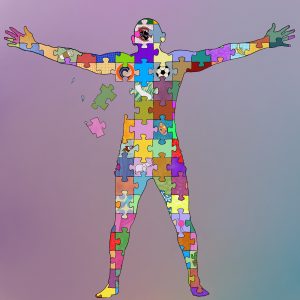
The university is aware of that. It provides a virtual tour for transfer students on its website, Chapman.edu. Also, it has a special contact section for transfer students — at transfers@chapman.edu, or the phone number 714-997-6711. Someone will come on the line and handle students’ questions one-on-one. The website also provides transfer FAQs.
But for some transfer students, it doesn’t seem enough. Conditions under COVID-19 can be especially intimidating.
The dramatic changes to education that were brought on by COVID-19 forced students into developing new habits as a means to compensate for the lack of resources they were getting access to. Now, as things are supposed to be returning to normal, the adjustment can be quite jarring.
Jen Inaba, a senior communication studies major, transferred from Riverside City College in fall of 2020. But she spent her first two semesters at Chapman online.
“I had grown accustomed to my routine of remote schooling, especially not having to commute,” Inaba said. “So, personally, I think the hardest part has been getting used to commuting. Along with the fact that I know maybe two people on campus and don’t really have the time to build friendships outside of my classes due to work and the fact that I do not live in Orange.”
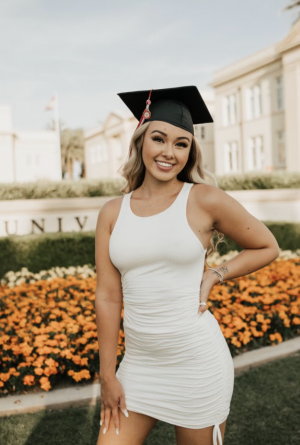
An obstacle that transfer students have been facing is the unexpected social drought, many people assumed that after a year away from campus students would be itching to branch out and socialize, but as an incoming junior or senior stepping on the scene for the first time, that does not seem to be the case.
Peri Woolridge, a communication studies major transfer from Diablo Valley College, said, “It’s strange, trying to create friendships with others and finding that people are not that open to making new friends especially since we are upperclassmen it’s hard to know where to start.”
Woolridge is not alone. Twenty-year-old Bridget Feeley, a communication studies major who transferred from the University of Delaware, had this to say:
“Well, it’s just been hard making genuine connections with people. I feel like transferring in as a junior everyone already has their circles of friends and whatnot and don’t seem as open to meeting new people as they probably were going into freshman year, which was kind of shocking to me because I thought that going back in person everyone would be super open to meeting new people.”
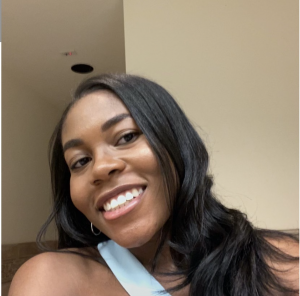
Both Feeley and Woolridge believe that the university should offer more resources to incoming transfer students. The solution could be as simple as keeping in contact with transfers throughout their first year in an effort to make students feel more comfortable and welcomed, according to Woolridge.
“I guess some suggestions for making students feel more integrated into campus might be a transfer club or even a support group, just to meet people and share things we’ve experienced and learned that other people might find useful,” Feeley said with a laugh.
However, any current long-lasting resources are few and far between.
“I think the biggest thing we encourage transfers to do to help integrate into the CU community is attending new student orientation for transfers. It seems basic advice, but you would be surprised as to how many transfers don’t attend,” said Shannon Crogan, director of transfer admission at Chapman.
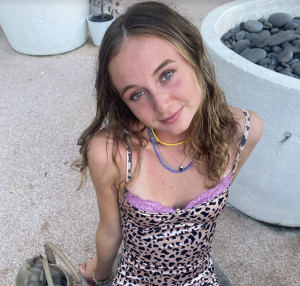
Orientation has been, and continues to be a good way for new students to acclimate generally.
“I had a great experience with my Chapman transfer orientation group and they made us feel welcomed and at ease,” said Woolridge.

However, those connections were lost for those who had to participate remotely.
Peg Katouzian, a senior majoring in communication studies, transferred from Saddleback College in the fall of 2020 and also expressed a lack of support for transfers after the pandemic.
“I would have liked to experience a real orientation, I feel like doing it over Zoom made it virtually impossible to bond with the people who were in my situation early on,” she said.
Though the transfer department clearly cares about incoming students, the majority of the resources they supply vanish by the first week of school.
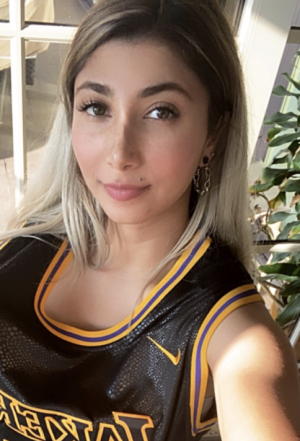
There are not significant programs or materials that students have access to that can ease the transition. In times such as these there are many extenuating circumstances that may have left students feeling ousted. It takes extreme time and effort for transfer students to fall into place, but that process alone can be exciting.
With each passing day the campus becomes more familiar and for students like Seal, it seems the discomfort can turn itself around.
“It’s daunting and it’s going to be an adjustment, it already has been, but I’m hoping with the friends I’m making it will just keep improving,” said Seal. “Despite everything, I am very optimistic that we will all make this the best semester yet.”

Kaysen Goodmanson is a senior studying communication. In her free time, she enjoys munching on Golden Grahams and watching videos of elephants roaming the vast African plains.
Kaysen Goodmanson is a senior studying communication. In her free time, she enjoys munching on Golden Grahams and watching videos of elephants roaming the vast African plains.

